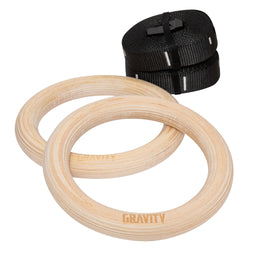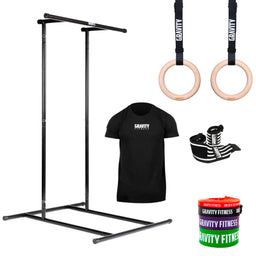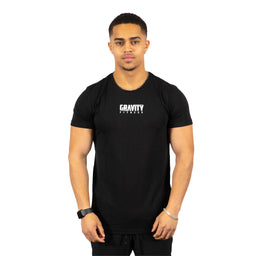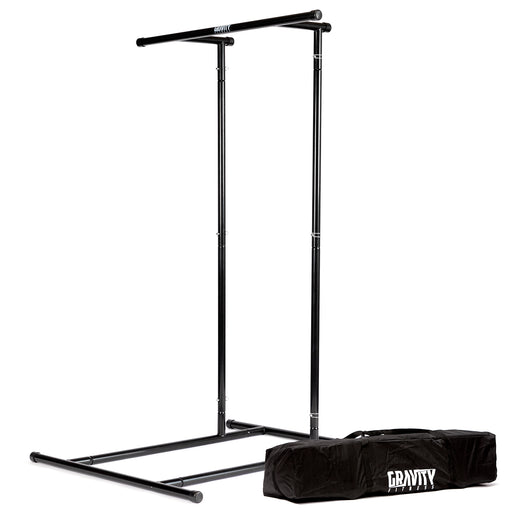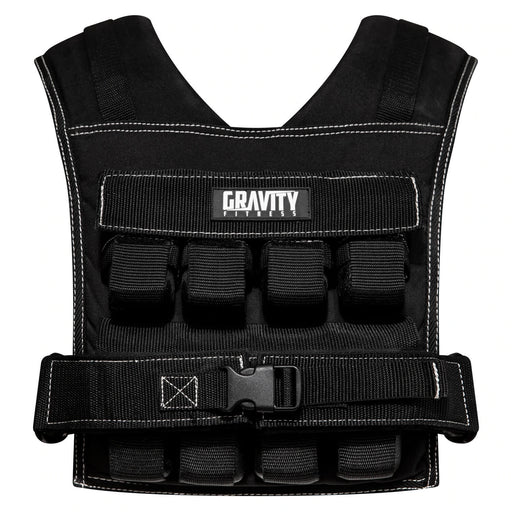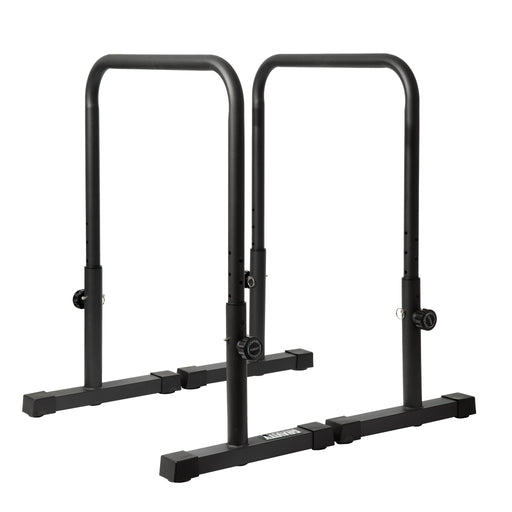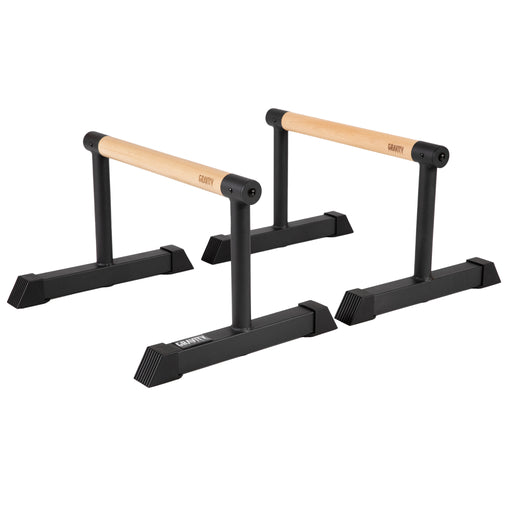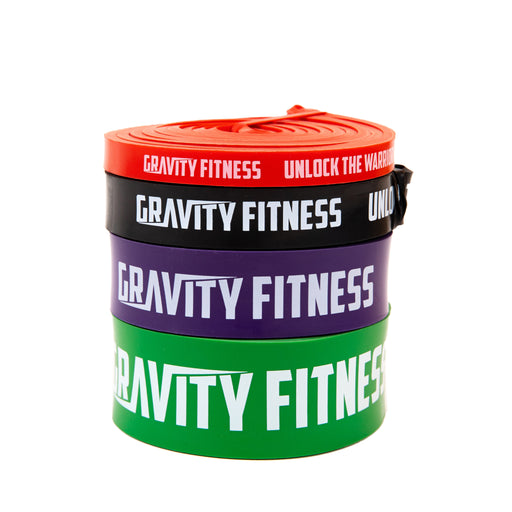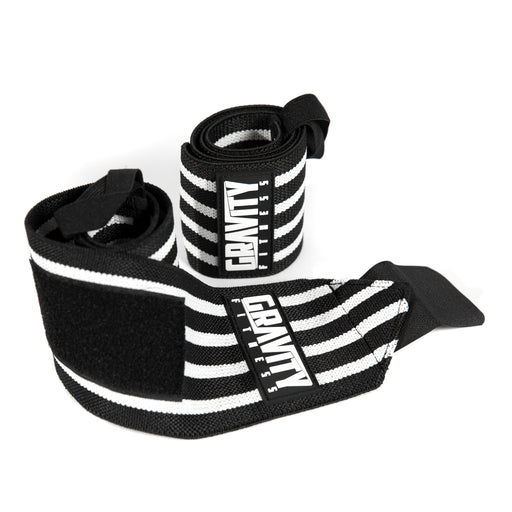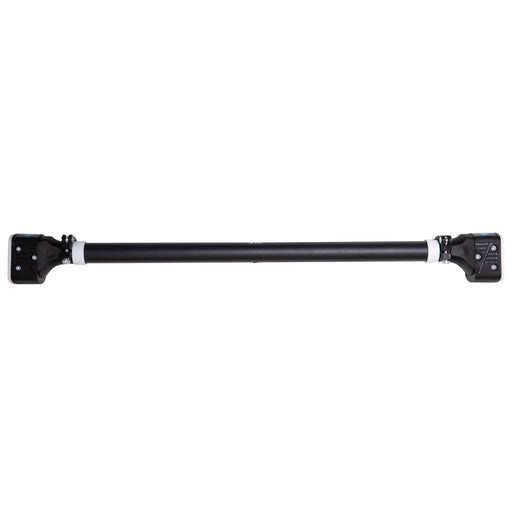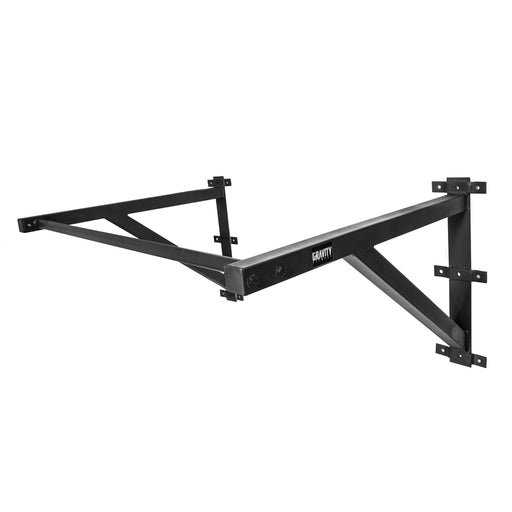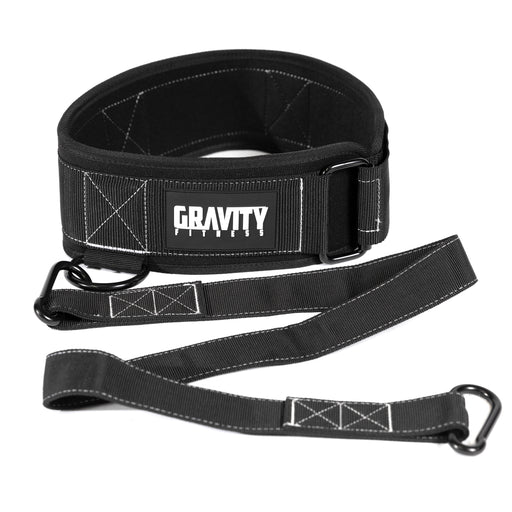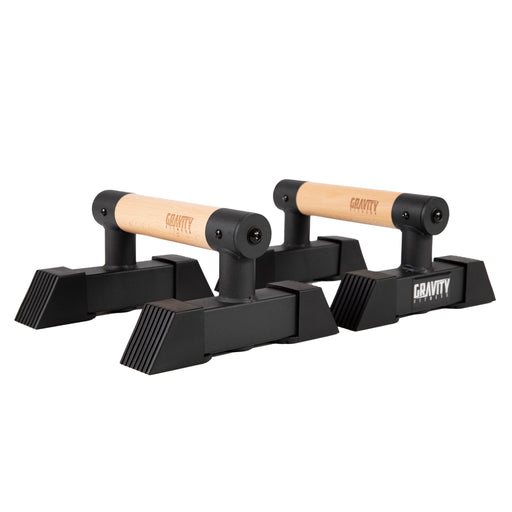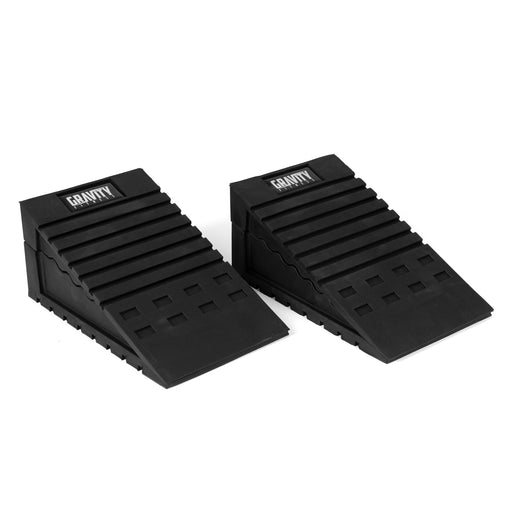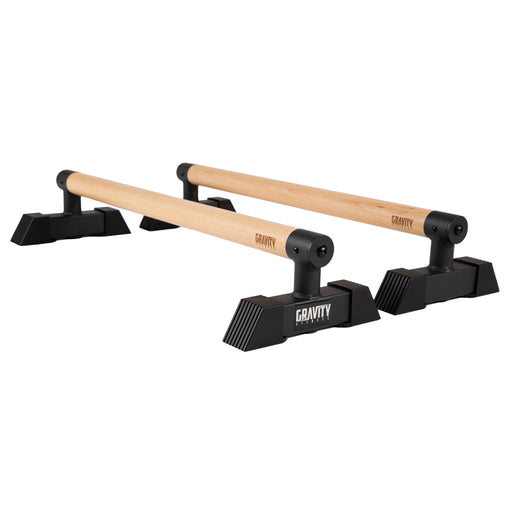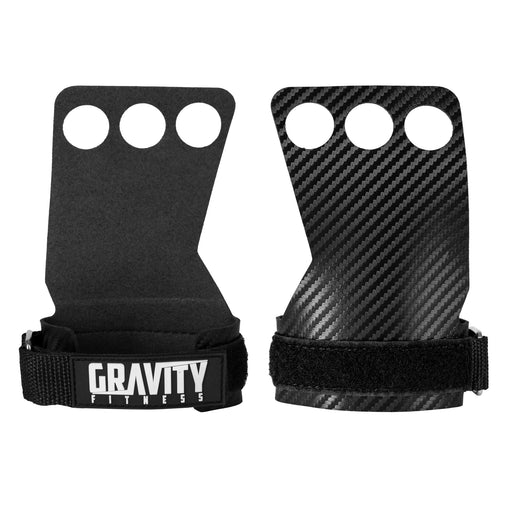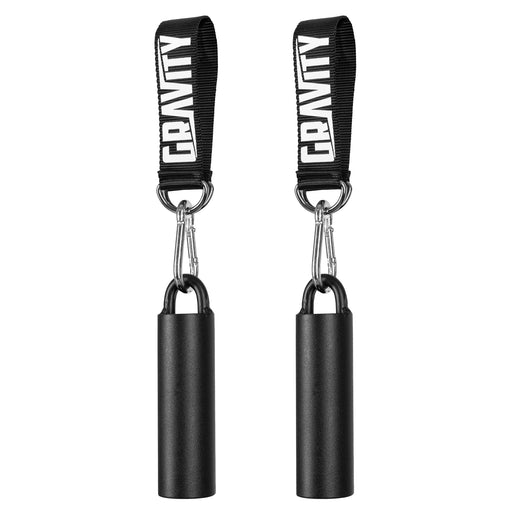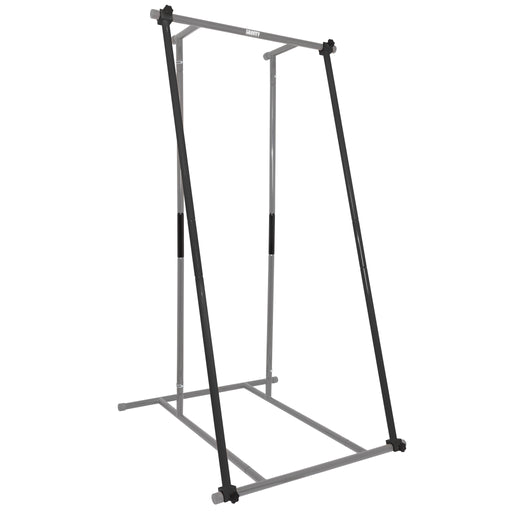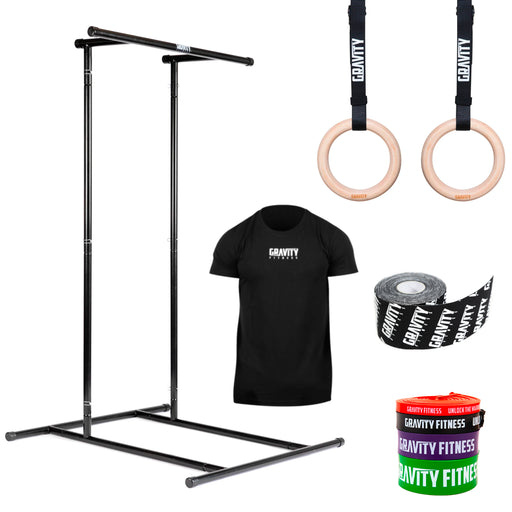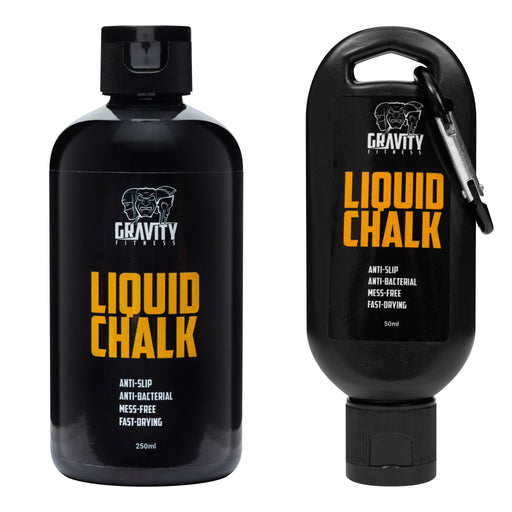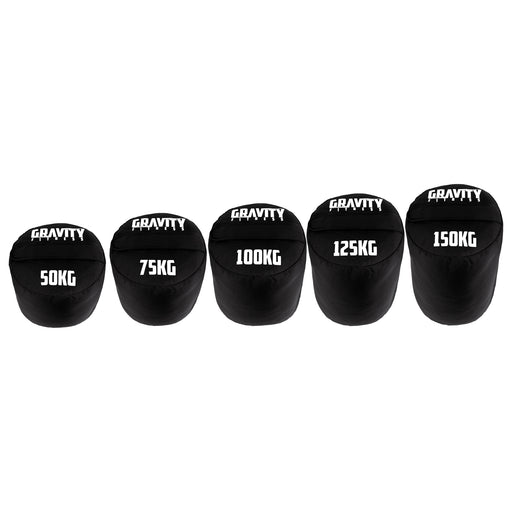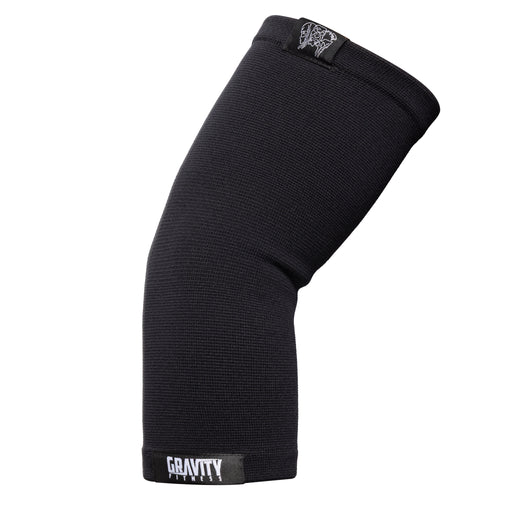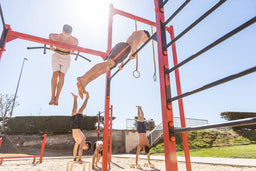
Is sprint and plyo training the big fitness trend for 2025?
When you’re into fitness, you’re always looking for ways to optimise your performance – and have a bit of fun along the way. Last year, run clubs saw a surge in popularity. But there’s one realm of cardio that most of us haven’t introduced into our training routines: sprints and plyometrics.
Imagine harnessing the explosive energy of sprints as a way to bring more conditioning, power, and balance to your calisthenics workouts. Sprint training could be the next big thing – let’s look at how to get ahead of the curve and introduce fast-twitch cardio into your week.
Why should we all train sprints and power movements
When was the last time you did any sprints? (All the ex-track and field athletes, you can stay out of this one!) Plyometrics and power exercises are tough but fun, and have amazing benefits for performance and health. So why are they the first type of training to go, especially as we get older?
Sprints and other plyometric training focus on fast-twitch muscle fibres, the type responsible for explosive strength – and the type most of us lack.
Regardless of the genetic makeup of your slow-twitch vs fast-twitch ratio, most of us do a fair bit of sprinting and explosive movements as kids. But this type of power is the first capacity to decline as we get older. It’s a real case of “use it or lose it.”
If you haven’t pushed yourself to anything like max speed in the last few years, it’s obvious that your body is going to deprioritise fast-twitch fibres. Most of us do much more slow-twitch activity (walking, long runs, steady strength training) which is just one part of a rounded fitness routine.
Focusing too much on slow-twitch stuff, and neglecting that precious fast-twitch capacity, leaves us more prone to injuries and getting stuck in a rut.
5 benefits of sprint and plyometric training
You don’t necessarily have to start doing intervals on a running track to get the benefits of regular sprint/plyo training. Here are just some of the benefits:
Injury prevention – sprints and plyos strengthen glutes, improve bone density, and help prevent hamstring injuries.
Fast-twitch muscle activation - slow-twitch fibres fuel endurance, fast-twitch enhances your reactive strength which is important for calisthenics
Improve reaction times - for athletic performance and everyday situations which gets more important as you age
Time-efficient training – compared to a long slow run, sprint intervals can be done in less than 20 minutes
Increased bone density - explosive exercises encourage increased bone density to offset age-related tissue loss
Why add sprint work to calisthenics training?
We all love calisthenics. But sprint and power training supplement your training, bridging the gaps that bodyweight training can leave. As well as the conditioning element, sprint training boosts explosive power in your muscles, so you can tackle calisthenics movements with greater force and explosiveness, athletic ability, and co-ordination
Fast-twitch muscle fibres – use it or lose it
Ageing is inevitable, but the decline of muscle strength and coordination isn't. You probably already know that both muscle mass and bone mineral density decline after the age of 30, but regular sprint and power training can slow or counteract this. And whilst none of us like to think about being elderly, imagine being a fit and healthy 85 year old, looking back and saying “I’m so glad I did that weekly sprint session all those years ago”.
Yep, the biggest single cause of accidental death in people over 65 is trips and falls. Training fast-twitch fibres could help us maintaining quality of life as we grow older – avoiding falls (by having better balance), preventing severity of falls (by being able to move our hands or feet fast enough to react), and by increasing our bone density if we do sustain an injury.
How to add sprint training to calisthenics
We’re not suggesting you suddenly add in so much sprint work that the DOMS is 24/7. Here are a few ways to add some meaningful power training into your routine:
1 Do 15-20 minutes of sprints once a week (fartlek, pyramids, or track work)
2 Join a local running club and attend their intervals or hill sessions
3 Replace one of your cardio sessions with intervals
4 Do 10-15 minutes of interval-style training in the gym 1-2 x a week
5 Add plyometrics like box jumps, vertical jumps, and bounds 1-2 x a week
Sample sprint and plyo sessions for calisthenics
Running pyramid session:
Warm-up - 10 minutes easy, dynamic stretches, strides to accelerate over 50m)
Pyramid –
- 1 minute hard effort (8.5/10 RPE), 1 minute recovery jog
- 2 minutes hard effort, 2 minutes recovery jog
- 3 minutes hard effort, 3 minutes recovery jog
- 4 minutes hard effort, 4 minutes recovery jog
- 3 minutes hard effort, 3 minutes recovery jog
- 2 minutes hard effort, 2 minutes recovery jog
- 1 minute hard effort, 1 minute recovery jog
Cool-down - 10 minutes
Plyometric power session:
Warm-up (10 minutes):
- 5 minutes light cardio, mobility work, bodyweight squats and lunges
Block 1 (x 3 rounds)
5 x box jumps (rest 45 seconds)
6 x squat jumps (rest 45 seconds)
8 x alt split lunge jumps (rest 45 seconds)
Rest 2 minutes
Block 2 (x 3 rounds)
4 x depth jumps (rest 45 seconds)
5 x vertical jumps (rest 45 seconds)
4 x broad jumps (rest 45 seconds)
Cool-down
Sprint and power training isn’t just a trend – it’s an important part of your holistic fitness regime. We wouldn’t be surprised if “sprint clubs” aren’t one of the biggest fitness stories of 2025. But you don’t need to join a dedicated sprint club to add some valuable power training into your week. Do it by yourself, do it with a friend, or join a traditional running club and do their weekly interval session. Challenge yourself and see the magic happen.












